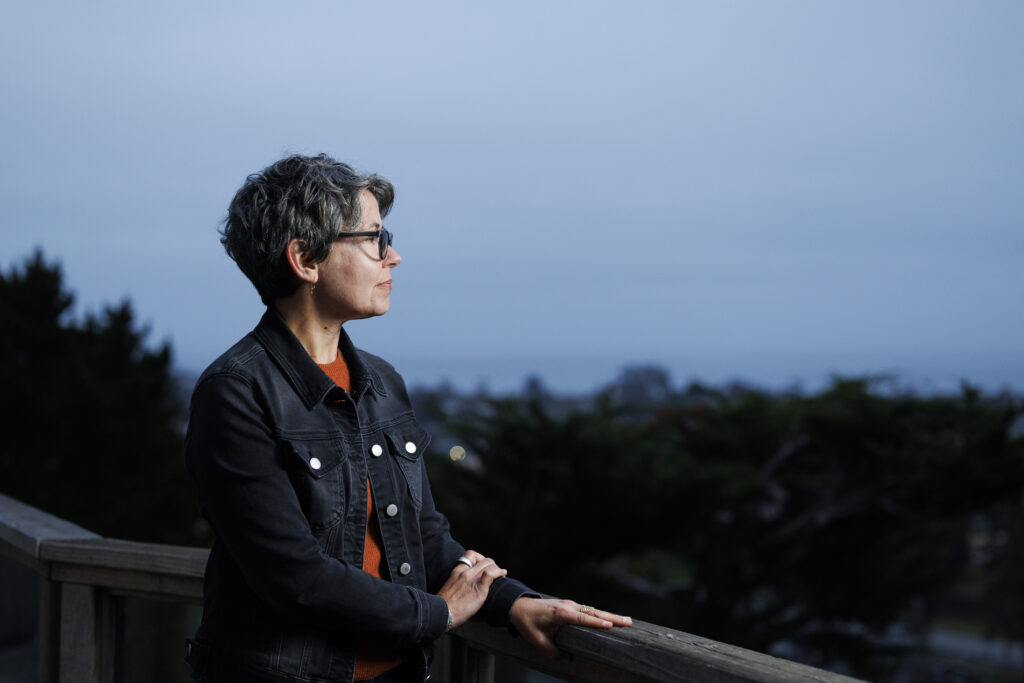
A Dire Response
Beth Shapiro, the Chief Science Officer at Colossal and a MacArthur Fellow, helped clone the extinct dire wolf. Before that, she was a UGA Honors student trying to find her way.
Extinct species are brought back all the time through museum exhibits, the magic of moviemaking, and even the pages of an illustrated book.
But imagine petting the massive furry trunk of a woolly mammoth or staring into the peculiar eyes of a dodo.
Beth Shapiro has touched the fur of a living, breathing dire wolf, a species that died off in North America 10,000 years ago. Shapiro BS ’99, MS ’99, the chief science officer of the “de-extinction” startup Colossal Biosciences, helped bring three dire wolf pups into the world in late 2024 and early 2025 by editing the genes of the gray wolf.
The mammoth, the dodo, and the Tasmanian tiger may be next.
The resurrection, or de-extinction, of long-lost species raises questions.
Is it ethical? Is it safe?
For her part, Shapiro addressed these questions in her 2015 book How to Clone a Mammoth, a sort of how-to manual that also considers the opportunities and pitfalls of such an endeavor.
But there is another pressing question: How did Shapiro find herself as one of the leading voices for the once fantastical idea of resurrecting extinct species?
Radio to Rhodes
Shapiro’s journey began as a freshman at the University of Georgia, bent on studying broadcast journalism, of all things. The Honors student, who came to UGA on a Foundation Fellowship, lived in the nine-story Oglethorpe House and even got a job as the news director of the local Magic 102 radio station.
It wasn’t nearly as glamorous as she had hoped.
“Let me tell you: Having to get up at 4 o’clock in the morning and go and write the news and be on the morning news show is not compatible with living in a dorm,” she says.
Her perspective on her major shifted when she got into the geology and anthropology field program, now the Interdisciplinary Field Program, an eight-week course that sends students to learn science onsite at national parks and natural wonders across the continental U.S.
“It was genuinely a transformative experience,” she says.
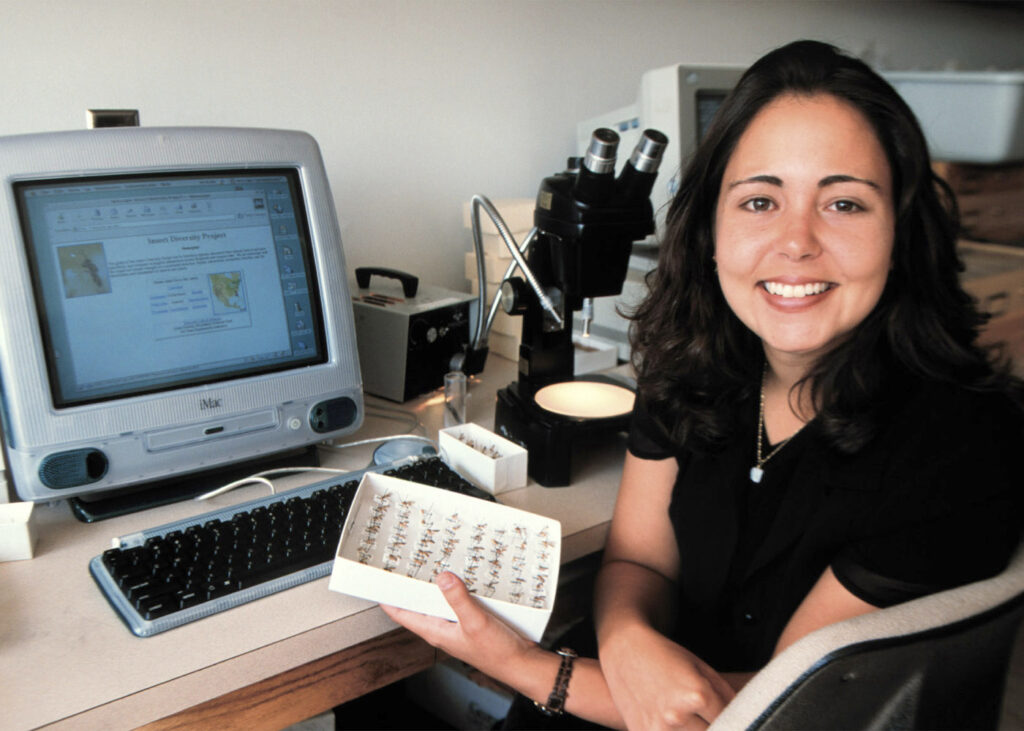
At first, she thought she’d become a science journalist, but she continued to switch majors as her interests evolved. She ultimately earned a bachelor’s and master’s degree in ecology from the Franklin College of Arts and Sciences.
After an internship at the Smithsonian Tropical Research Institute in Panama, she planned to get a graduate degree studying under a researcher starting a lab at the University of Edinburgh in Scotland. Through the Honors Program (now the Jere W. Morehead Honors College), she applied for international scholarships, with the singular hope of getting the Marshall Scholarship, which enables students to study at any British university.
She didn’t get it.
Instead, she was awarded the prestigious Rhodes Scholarship and the opportunity to study at the University of Oxford.
Finding a mission
There, she began studying ancient DNA, taking trips to Siberia to extract genetic material from the partially preserved bones of woolly mammoths. And she began to help piece together more about how mammoths lived and their role in their ecosystems.
Her work combined her many interests as an undergraduate: geology, paleontology, evolutionary biology, and storytelling.
In 2009, she received the MacArthur Fellowship, the so-called “genius grant,” and she wrote two books, which considered how what we know about ancient extinctions could be used to curb the ongoing mass extinction, primarily caused by human activity.
“Habitats around the world are changing at a pace that is faster than evolution can keep up… What we need are new tools.”
Beth Shapiro
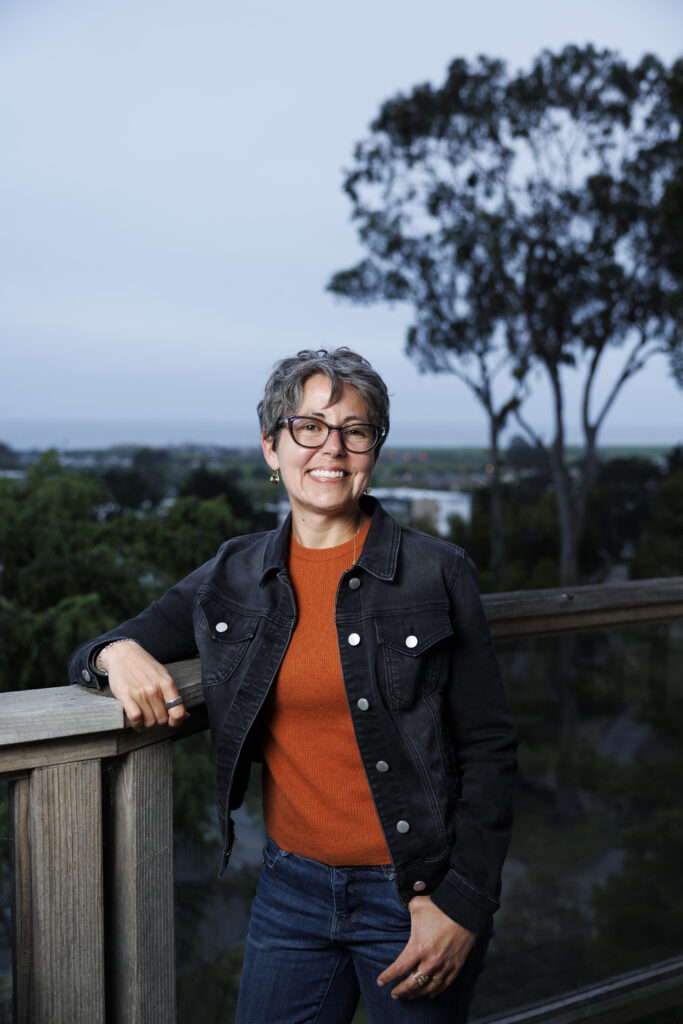
In her second book, Life As We Made It (2021), Shapiro argues that humans have drastically shaped our planet and ecosystems.
She wrote, “Within the last 50,000 years, our ancestors hunted, polluted, and outcompeted hundreds of species to extinction. They turned wolves into Boston terriers, teosinte into popcorn, and wild cabbage into kale, broccoli, cauliflower, Brussels sprouts, and collard greens (to name a few).”
Humans don’t just shoulder a responsibility, she says; they have an urgent incentive to protect ecosystems.
“Habitats around the world are changing at a pace that is faster than evolution can keep up,” Shapiro says. “Conservation works, but it’s not enough. Our footprint is too big. What we need are new tools.”
In 2022, Shapiro joined Colossal to develop such tools in the company’s quest to clone the dire wolf, woolly mammoth, dodo, and the Tasmanian tiger (which was a striped carnivorous marsupial, not a big cat).
The Choice
Two surrogate hound mothers birthed Romulus and Remus in October 2024, the first dire wolves in millennia. (Technically, these pups are not 100% replicas of dire wolves, but gray wolves given their extinct relative’s features.)
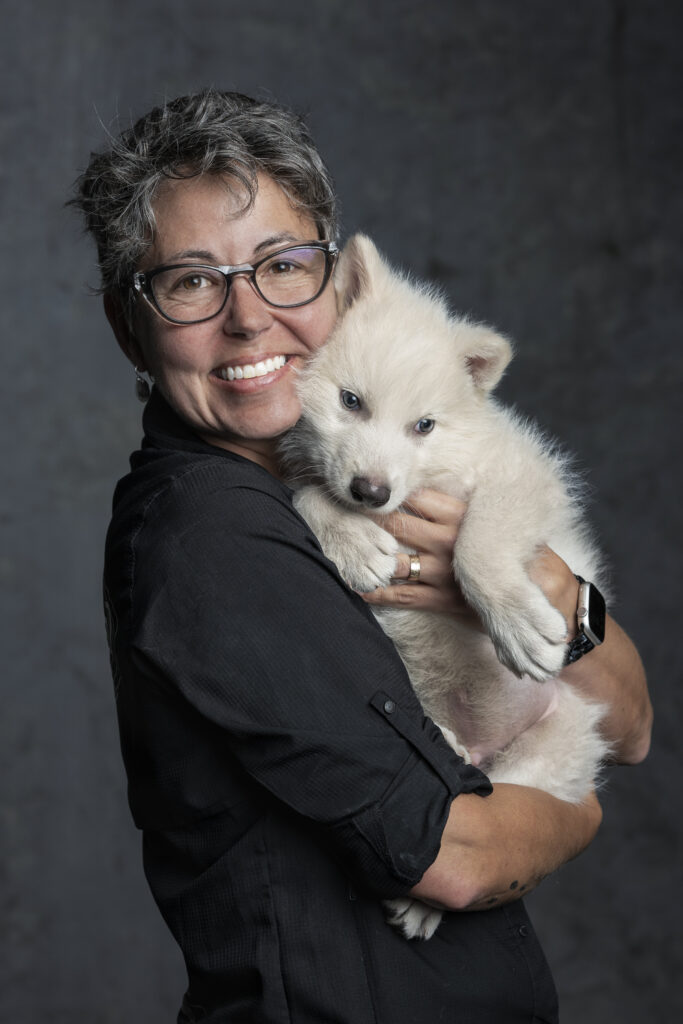
“When I think about de-extinction, I imagine that we are resurrecting a key component of an extinct community,” Shapiro says. The goal is to restore a critical function to the ecosystems of today: a hunter to cull species that might otherwise overpopulate or a mammoth bulldozer to tromp down brush and create rich grasslands.
“It’s never going to be possible to bring something back that is 100% identical in every way to a species that used to be alive.”
But we can “create versions of extinct species that can help to make present-day ecosystems more robust, more resilient in the face of whatever it is that we’re going to throw at them in the next 5,000 years.”
In April, Time magazine and The New Yorker broke the news of the achievement to the world. Shapiro put her old broadcast journalism practice to good use, fielding dozens of interviews from news outlets and podcasters from around the world.
Reactions ranged from celebratory to cautionary.
Shapiro welcomes the dialogue—as long as we don’t forget what’s at stake: the health of our planet. What gets lost in the discussion, she argues, is that refusing to explore the promise of de-extinction technologies is a choice.
“It is a choice that carries consequences,” she says. “We know what those consequences are: We will continue to lose species, and we will continue to lose this fight.”
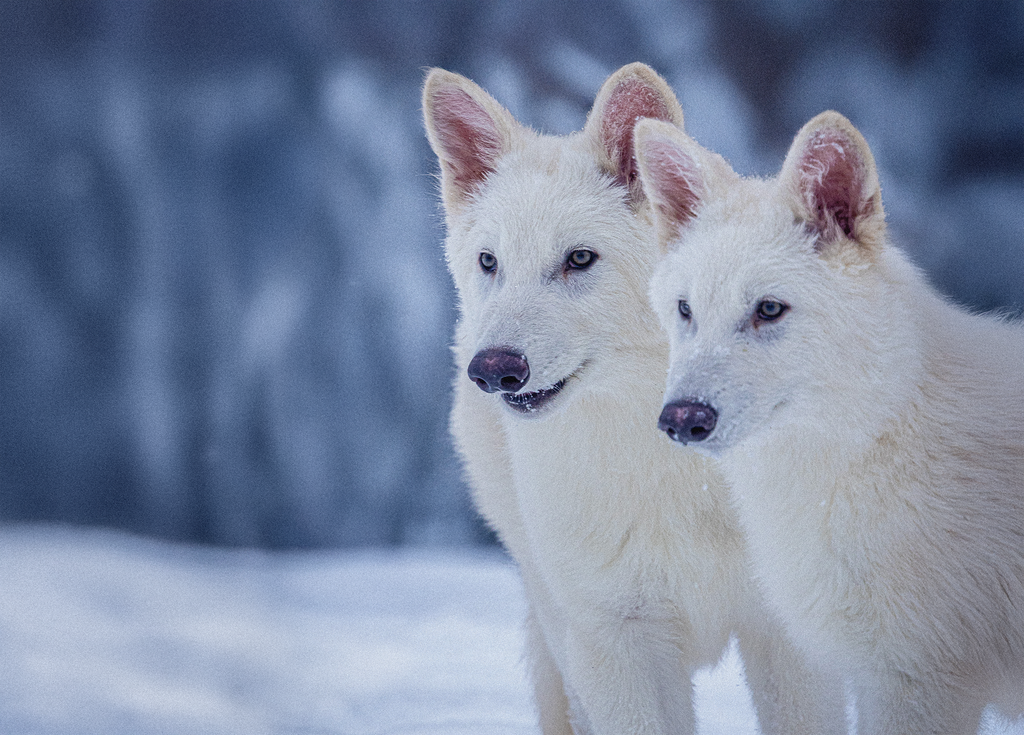
Written by: Aaron Hale
Photography by: Andrew Davis Tucker, Rick O’Quinn & Submitted
Design by: Kaiya Plagenhoef
Videography by: Cade Massey
Footage supplied by: Colossal